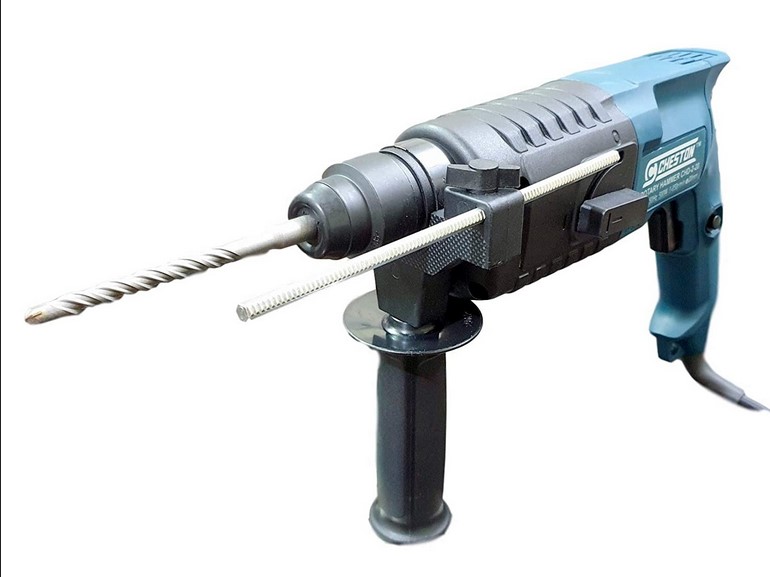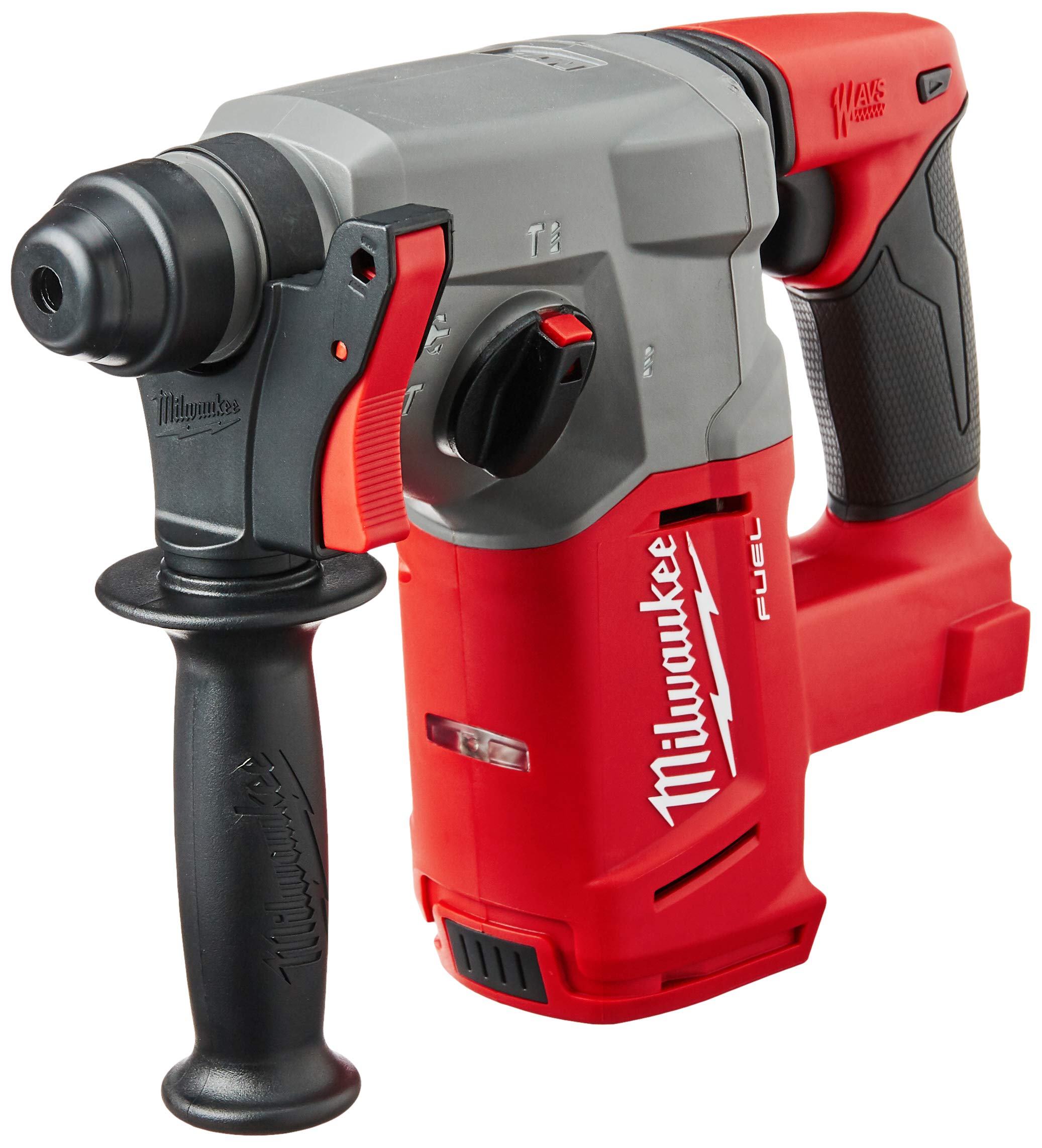Blog
Contrasts Between a Hammer Drill and Rotary Hammer
What is Hammer Drill ?
A hammer drill is a power device that is utilized for drilling openings in hard materials, like cement, block, and workmanship. It works by utilizing a pivoting throw to hold a drill bit set up, and afterward utilizes a hammering activity to pound the drill bit into the material as it turns. This makes it simpler to drill openings in hard materials, as the hammering activity assists with separating the material and make it more straightforward to drill through.

What is Rotary Hammer ?
A rotary hammer is a type of power drill that is specifically designed for drilling holes in hard materials. It works by using a rotary action, combined with a hammering action, to drill holes in concrete, brick, and other hard materials. The rotary hammer is more powerful than a hammer drill, and it is typically used for larger or deeper holes, or for more heavy-duty drilling tasks.

There are several key differences between hammer drills and rotary hammers:
- Power: Rotary hammers are typically more powerful than hammer drills, and are better suited for heavy-duty drilling tasks.
- Size and weight: Rotary hammers are usually larger and heavier than hammer drills, which can make them more difficult to handle and maneuver.
- Speed: Hammer drills typically have a higher speed range than rotary hammers, which makes them better suited for drilling smaller holes or for tasks that require more precision.
- Noise: Rotary hammers are generally louder than hammer drills, which can be a concern in certain situations.
- Price: Rotary hammers are typically more expensive than hammer drills, due to their increased power and capabilities.
Overall, hammer drills are best suited for smaller or lighter-duty drilling tasks, while rotary hammers are better for larger or heavier-duty tasks.
